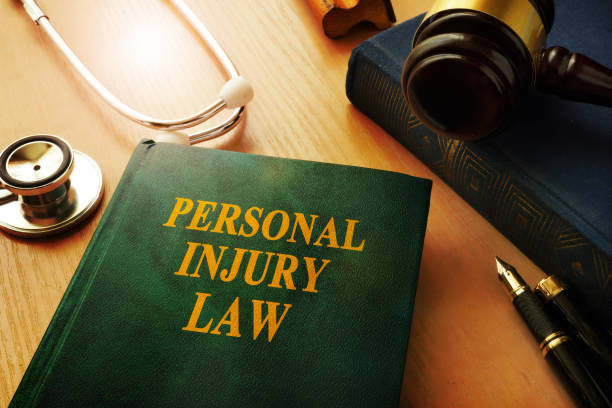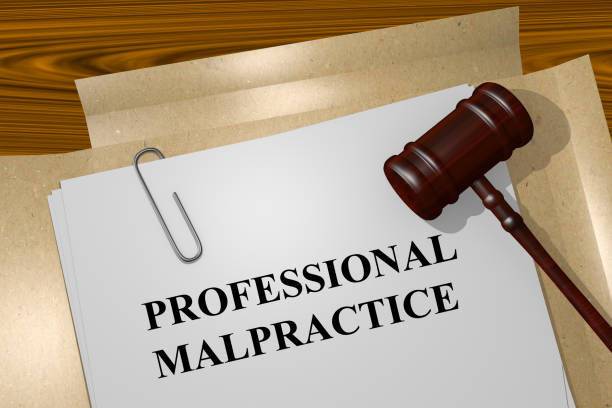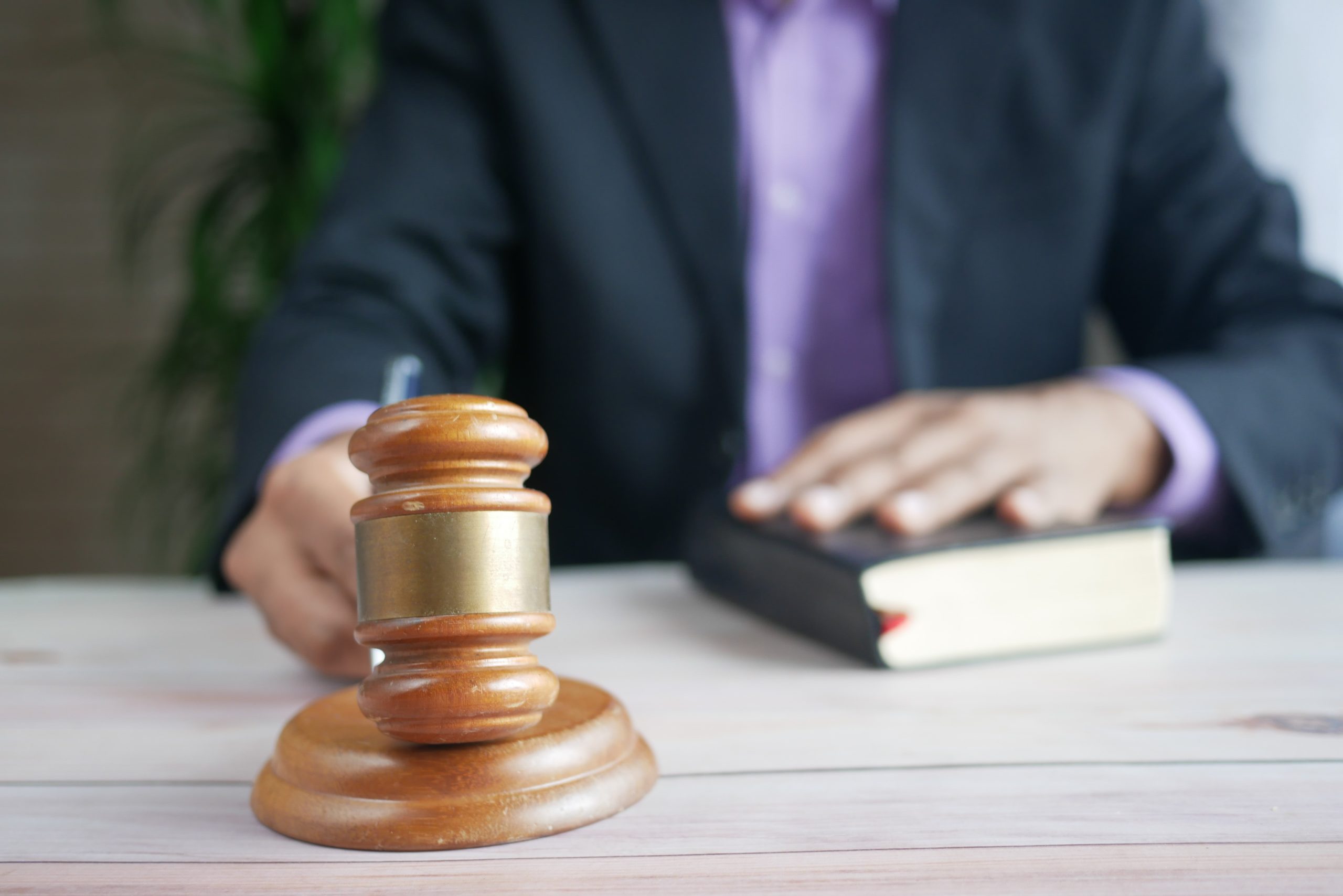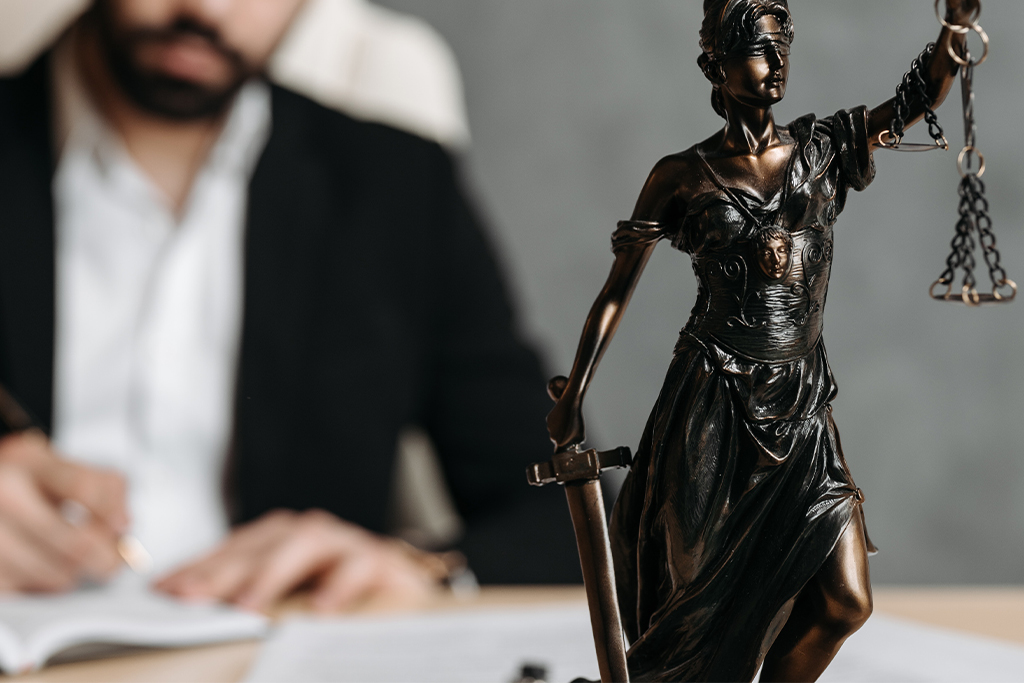Welcome to our latest blog post from Darfoor Law, where we specialize in personal injury law, including medical malpractice cases.
Today, we’ll shed light on some common but often overlooked instances of medical malpractice, helping patients understand their rights and the legal options available to them.
What is Medical Malpractice?
Medical malpractice occurs when a healthcare provider deviates from the standard of care that is expected in their profession, leading to patient injury or death. This can include actions taken by doctors, nurses, therapists, or any other medical professionals.
Overlooked Instances of Medical Malpractice
Misdiagnosis or Delayed Diagnosis
Misdiagnosis is one of the most common forms of medical malpractice but is frequently overlooked because symptoms of serious conditions can be misinterpreted as minor illnesses. Similarly, a delayed diagnosis can lead to a lack of necessary treatment, allowing a condition to worsen unnecessarily.
Medication Errors
Patients often overlook medication errors, which can involve being prescribed the wrong medication, incorrect dosing, or improper medication combinations that can lead to severe adverse reactions.
Surgical Errors Beyond the Operating Room
While major surgical mistakes (like operating on the wrong body part) are well-known, other surgical errors can also occur, including post-operative neglect or inadequate follow-up care, which can result in complications such as infections or prolonged recovery.
Inadequate Consent
Inadequate consent happens when a healthcare provider fails to fully inform the patient about the risks and alternatives related to a procedure or treatment. Patients must be fully aware of potential risks to make an informed decision about their healthcare.
Birth Injuries
Birth injuries can result from negligent prenatal care or mistakes made during childbirth. Common issues include failing to diagnose medical conditions of the mother or baby, not responding appropriately to signs of fetal distress, and improper use of birthing techniques.
Why These Malpractices Go Overlooked
Many of these issues go unnoticed because patients trust their healthcare providers and may not recognize that their injuries were caused by negligence. Additionally, the complexity of medical treatments can often make it difficult for patients to understand when malpractice has occurred.
What Can You Do?
If you suspect that you or a loved one has been a victim of medical malpractice, it is crucial to seek professional legal advice. At Darfoor Law, our experienced team specializes in these cases and can help you understand your rights and the best course of action.
Document Everything: Keep detailed records of all medical appointments, treatments, and interactions with healthcare providers.
Seek a Second Opinion: If something feels wrong, consult another medical professional to review your case.
Contact a Lawyer: An attorney specialized in medical malpractice can offer guidance, help gather evidence, and represent you in pursuing a claim for compensation.
Understanding and recognizing medical malpractice can be challenging, but it is essential for protecting your health and rights. If you believe you have been affected by any of the issues discussed above, don’t hesitate to reach out for legal assistance. Remember, at Darfoor Law, we are dedicated to ensuring that you receive the justice and compensation you deserve. For more information or to schedule a consultation, please contact us today.







